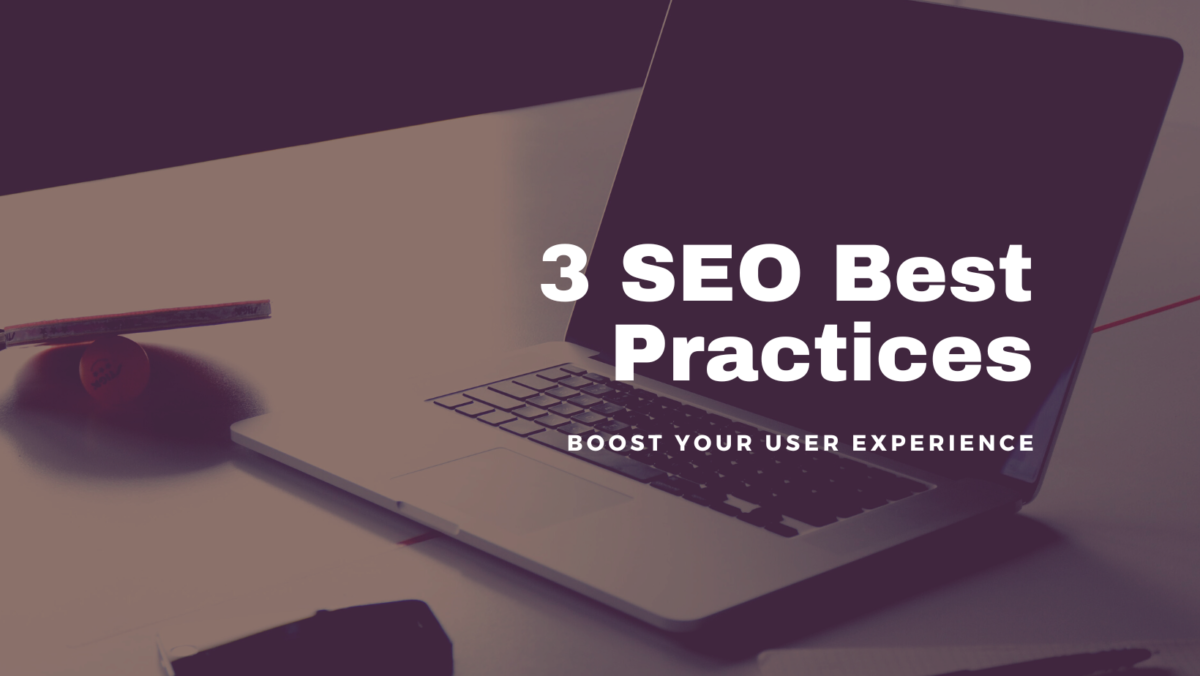Fill out our form, and we'll connect with you within 1 to 2 business days.
Phone: (925) 989-7737

Search Engine Optimization (SEO) is the process of performing optimization techniques that improves your user experience, maximize your website’s rankings on search engine results pages, and boost your organic traffic.
SEO best practices are a set of optimization activities that, when combined, have a measurable effect on your search engine rankings. These activities often include on-site optimization, keyword research, and backlink building.
While there are countless ways to boost your site’s organic traffic and improve its visibility, it is critical for all website owners and content promoters looking to build a custom website or update an existing site to master the fundamentals of SEO before anything else.
This blog post is an introduction to SEO best practices. Here at 360 Web Designs, one of our goals is to help website owners get started with their search engine optimization journey so that they can feel confident in their performance in organic search results. This post also focuses on SEO best practices around Google’s search engine because of its dominance in the global market share.
Here are three noteworthy ways to help Google consider your website a quality source of information and increase its ranking for your selected keywords.
Also known as search intent, user intent refers to the primary motive surrounding any query typed into a search engine by a user. It describes why your audience may be using a search engine.
There are four popular search intents:
Providing the finest user experience is one of Google’s central concerns, and a fundamental element in delivering an optimal user experience is understanding and supporting search intent. Make it your next undertaking to determine your target audience’s characteristic search purposes and develop content that coordinates with it.
Your page’s most significant metadata comprises the page title and meta description. These two HTML tags live in a page’s header, and search engines like Google rely heavily on this information to find out what your content is about.
Title tags emerge as links on search engine results pages (SERPs). Meta descriptions appear as a snippet of the page’s content.
Here are three key SEO recommendations for title tag & meta description copy:
As a general rule, keep title tags between 50 and 60 characters and meta descriptions between 150 and 160 characters. If you stay within this character limit, your title tag and meta description will be able to appear in full on the results page; we don’t want to get cut off!
Having duplicate content is considered a faux pas by search engines. As for your target audience, it can be a nuisance to sort through. By writing unique titles and meta descriptions for each page you publish, you communicate to search engines that your content is unique and valuable to its users.
What is the importance of title tags? For starters, Google itself publicly confirmed that it impacts your ranking. Moreover, title tags and meta descriptions appear in search results, browser tabs, and social media platforms.
A third SEO best practice to consider is ensuring your content loads as quickly as possible, specifically on mobile sites. [Data].
One significant way to improve the loading speed of your site? Compress your images. Images typically obtain a substantial share of your website’s size. Compressing images before uploading to your website developer offers a boost in performance without losing any image quality. There are many useful online compression tools; here’s one to try: http://tinypng.com.
To learn about the SEO packages 360 Web Designs offers, visit our search engine optimization services page. Let’s get your website in front of your desired audience.